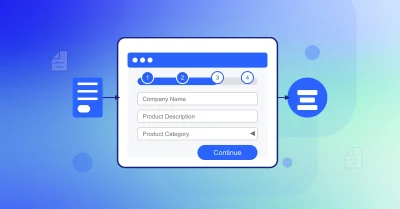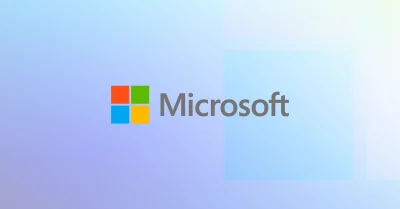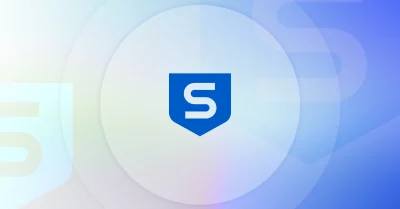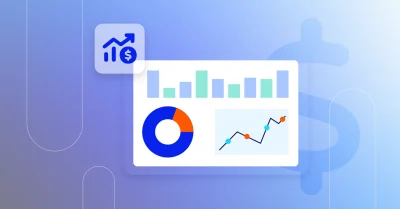Over the past few years, the manufacturing industry has begun to embrace the seismic shift towards a consumption model that not only allows tech vendors to scale their businesses but also makes their financials risk averse. This shift towards achieving a predictable revenue model has also forced tech vendors to reprioritize. In order to increase margins, accelerate recurring revenue and directly benefit from the As a Service economy, some vendors are focusing on transforming their channel program to enable their partners to handle recurring revenue and bundle hardware, software, and services.
The push for this radical change is a response to a noticeable shift in business buyers’ behavior, that of flexibility in the way they consume technology. They want affordability, options, and the capabilities of “pay-as-you-go” services. As a result, tech vendors are now beginning to offer Anything as a Service (XaaS) bundles, such as Device as a Service, or Workplace as a Service, through their channel partners by including software and services alongside their core products. Check out more on how technology vendors are reaping the rewards of the As a Service economy in our White Paper.
According to a survey by TSIA, 50% of companies with transactional revenue models – models based on one-time selling of products – reported a churn of 10% or more in their bookings. In contrast, only about 23% of the companies that have adopted selling recurring services saw a similar drop. Even during the pandemic, vendors offering subscription models witnessed a deceleration in growth but not a decline in revenue.[1]
Empowering channel partners is crucial to a sustainable subscription model
To benefit fully from the subscription model, it’s imperative for tech vendors to enable their channel partners that may lack suitable tools and processes. So, while these partners drive product adoption and integration, upsell and cross-sell their services, they need continuous support from vendors to customize their offerings.
- Partner Programs: Vendors must adapt their partner programs to align with the new subscription model and offer support around marketing and sales, tools and technologies and employee training to bridge the gap between their own offerings and the demands of the market.
- Market Development Funds (MDF): MDF are a great way to fund eCommerce storefronts or white-labelled marketplaces that can be customized and branded as per the partner’s limitations or needs.
Centralize multiple backend operations on one platform
As businesses migrate from transactional models to consumption models, the complexity in the integration of disparate IT systems on both the vendor and the provider side grows exponentially. As a result, the transition is often hindered by additional expense on resources, support, and maintenance. However, because the rewards from such a model are higher in the long run, organizations must not see this as a daunting exercise but strive to automate and unify their operations.
- Simplify and unify channel operations: to grow the business, channel programs need to generate new partnerships and nurture existing ones. Often the challenge is enabling resellers to indirectly integrate with inventory, manage product information and extensive catalogs, and to handle contracts and agreements. Add multi-tier deployments to scale across multiple geographies, currencies and languages and it becomes a cumbersome task to tackle. Therefore, centralization of product onboarding and distribution, and everything in between, should be orchestrated through one platform. This of course also leads to a shorter time to market and reduces the risk of multiple system failures and unexpected downtimes.
Creating an ecosystem is the key
Unlike a linear supply chain, ecosystems form clusters around customer needs, and tech vendors aren’t untouched by this revolution. In a Forrester survey, 76% of the business leaders agreed that current business models will be unrecognizable in five years’ time. The main agent for this dramatic shift will be the adoption of dynamic ecosystems. Another Forrester forecast states that 17% of B2B transactions will flow via e-commerce and marketplaces by 2023.
- XaaS bundles: To thrive in the subscription economy and benefit from an ecosystem, vendors and providers need to design innovative XaaS bundles. Bundling is not only a gateway to predictable revenue and growth but also a requirement for a sustainable ecosystem.
- Catalog expansion: Catalog expansion is not limited to onboarding new products and solutions it can also include pre-integrated solutions provided by other vendors and resellers within the ecosystem.
- Building marketplaces: Building a marketplace is all about creating the most valuable touchpoint. As mentioned above, channels can use MDF to create their own, white-labelled marketplaces.
Creating an ecosystem marketplace, however, has its challenges. Managing a diverse set of suppliers and processes, continuous interoperability issues, the complexities of developer programs and localization needs for diverse markets.
CloudBlue’s platform and network can help. Partners can integrate their hardware, software and services to create the final product within one platform and launch the offerings in multiple countries and currencies. Tech vendors can easily onboard resellers and distributors; manage catalogs and product listings; and processes for ordering, fulfilment and billing. This translates to minimal time to market and boosts ARR.
- Forecasting In Uncertainty: Our Latest US Tech Market Forecast Shows A 2.5% Decline In 2020 And -0.4% In 2021. Forrester Blogs












